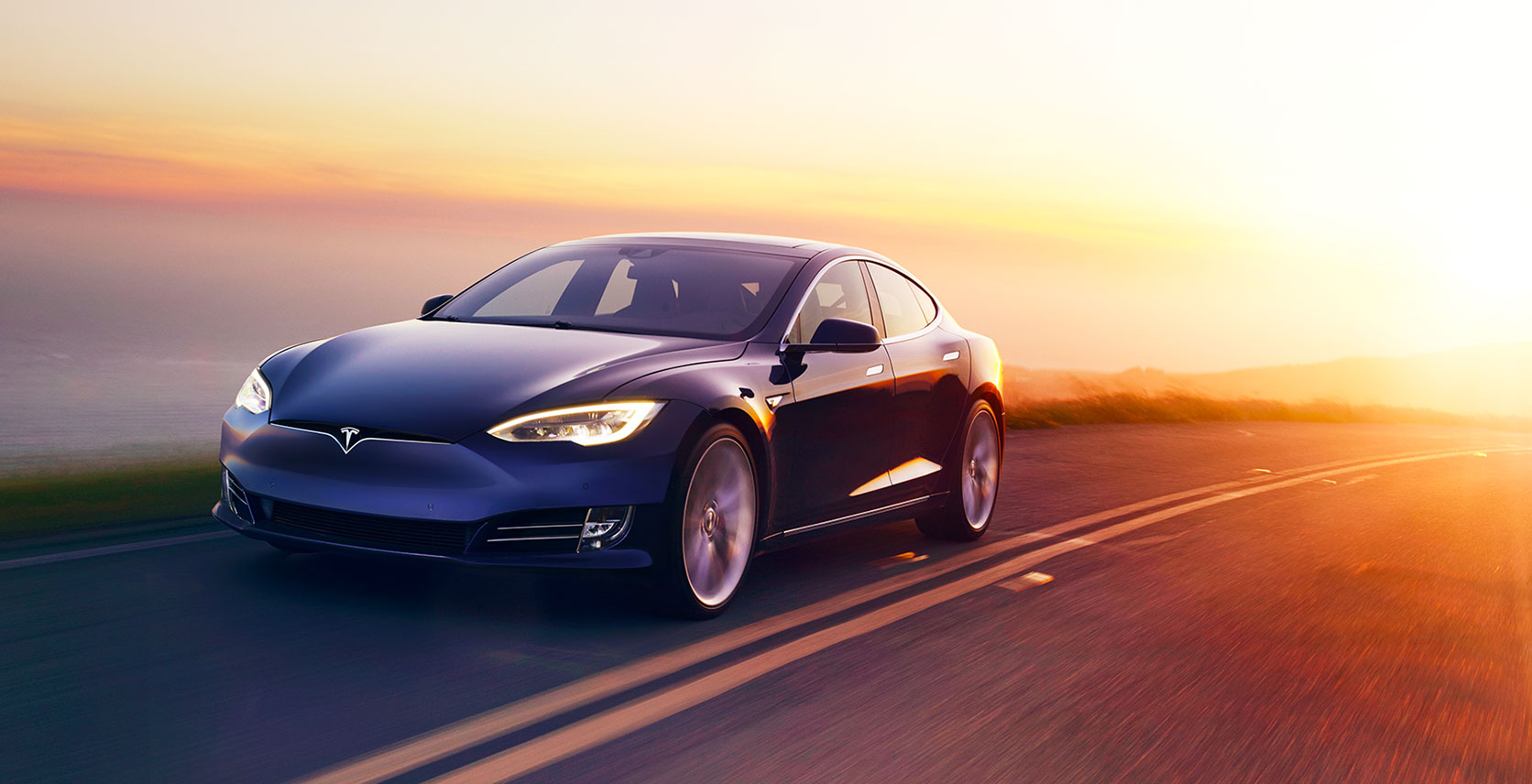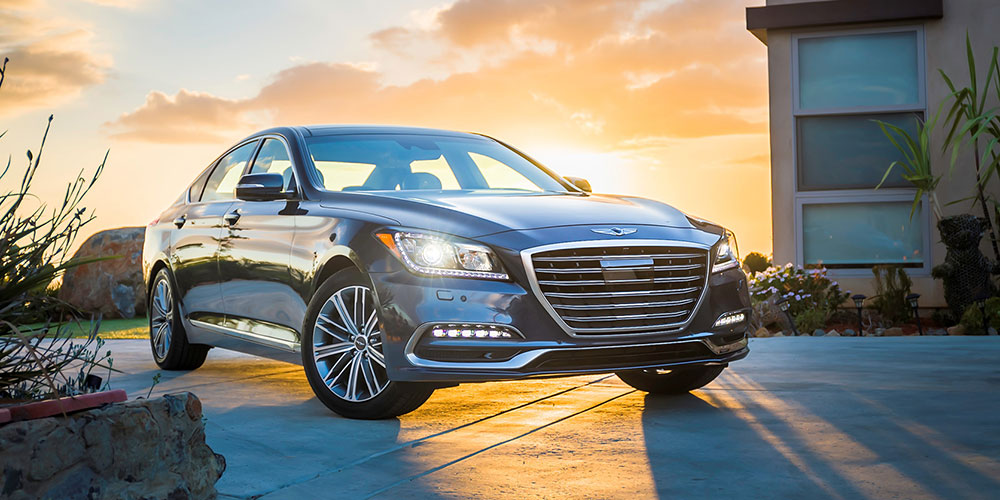The Way We Buy Cars Is About to Change
Buying a new car is exciting, certainly, but it’s also a chore. And it’s been done roughly the same way since Henry Ford said you could have any colour, so long as it’s black. Along with the electrification of the automobile and the invention of self-driving cars, there is a third revolution brewing in Auto World — and it’s likely to have the biggest, most immediate effect on your car-owning life: the way we buy cars is about to change dramatically. Here’s a primer.
Home Shopping
Genesis
Genesis is selling direct, but it’s taking things a step further by scrapping the showrooms entirely. If you’re interested in a Genesis, you go to their website and request a test-drive. They bring the car to you. The program is called Genesis At Home. “We’re launching a new brand and we thought, why not modernize the way cars are sold,” says Michael Ricciuto, director of the Genesis brand in Canada. “There’s one fixed price. Everything is included.”
When your car is due for maintenance, you call Genesis and they’ll pick it up and leave you with a loaner. When the work’s done, your car gets dropped back off at your home or office. It’s a massive endeavour for Genesis, but one meant to tempt buyers to take a chance on a new luxury brand.
Factory Direct
Tesla
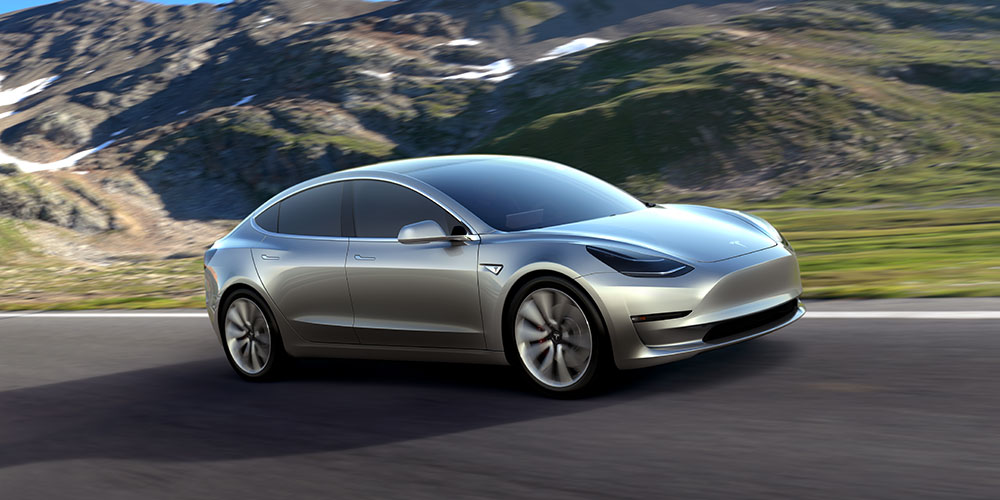
Since its beginning, Tesla has circumvented the traditional dealership model by having you buy the car direct from the company instead of through a third-party. Buying a Tesla feels a lot like buying a new phone at the Apple store. In fact, the two shops are usually across from each other in the mall. The thing about most car dealers is that they’re independent and free to set prices — hence the driving across town to see if you can haggle for a better deal.
With Tesla, the price is the price. You can shop for a Tesla in one of its showrooms, take a test-drive, have a Tesla employee answer any questions, and then go home and order a Tesla from your laptop. Sure, you won’t get a deal, but you won’t worry you didn’t get a deal either, which is almost as satisfying.
The new entry-level Model 3 will bring this Apple-style car buying experience to the masses when it arrives at the end of this year.
Netflix For Cars
Book by Cadillac
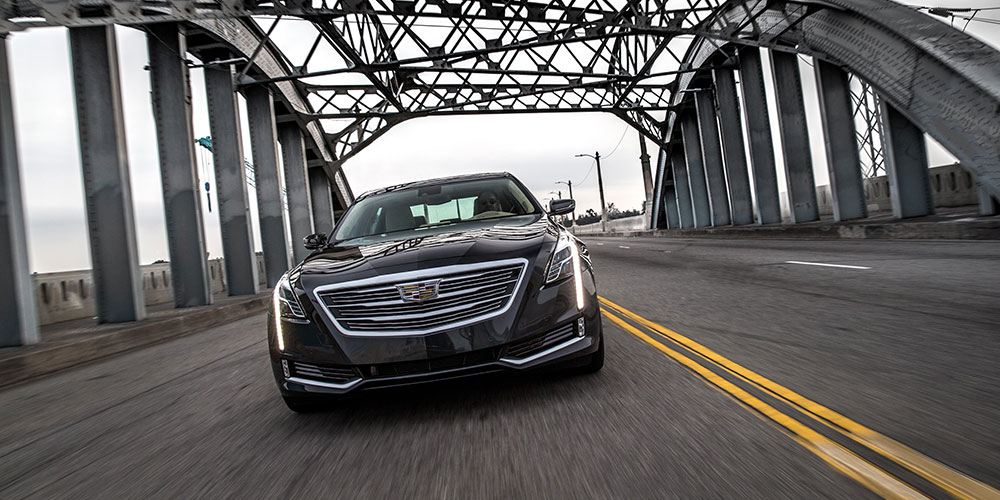
What if, instead of buying just one car, you could buy a whole fleet? For $1,500 (US) per month, Book by Cadillac gives you access to every model in the brand’s lineup. Need a big SUV for a cottage weekend? Have an Escalade. Feel the need for speed? Drive a 640-horsepower CTS-V. Road trip? A CT6 would be nice.
You don’t need to worry about insurance or maintenance. You just drive. Select a car through the Book app and Cadillac’s white- glove concierge service delivers it when and where you want it. Cadillac gets to charge a premium for a new premium service, and you get the right car for any situation, always. And, unlike a cellphone plan or a lease, you can cancel the service at any time, without penalty.
The catch? For now the service is only available in New York City and the surrounding area. The program launched in beta form earlier this year. If it’s successful in NYC, it could arrive in Canada, too. Other luxury car companies including Mercedes- Benz and BMW have talked about launching similar automotive subscription services, but Cadillac got there first.
Share and Sell
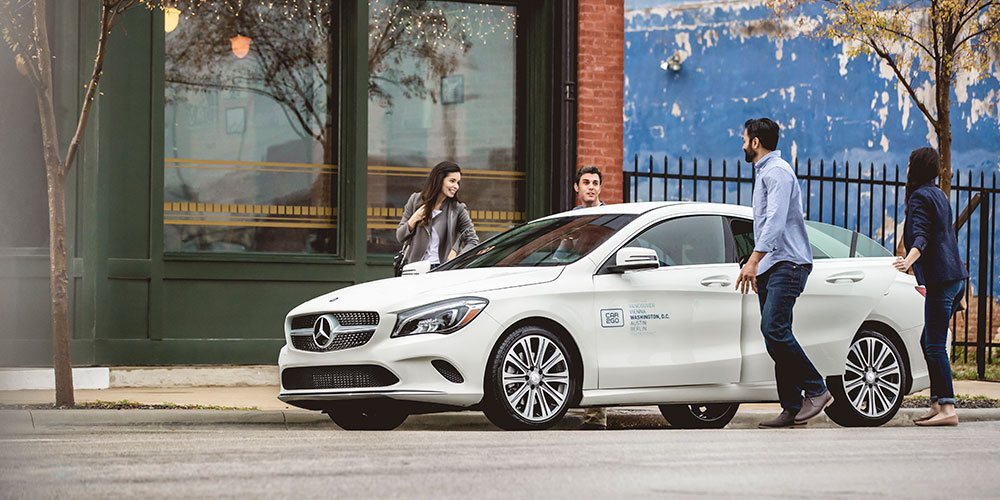
Some things don’t make sense to share. Socks? No. Toothbrushes? Gross. But cars? Cars sit idle most of their lives, slowly depreciating in value while going nowhere. You’ve got to buy insurance, gas, new tires. Most people stomach the cost by simply not adding it all up. Car sharing has been around as an idea since the ’60s. The premise is simple: you pay to use a shared fleet of cars parked around your city. With car sharing, after an initial sign-up fee, you only pay for the time you use. These are some of the game-changers in the car share industry:
Car2go
Car2go has been operating in Canada since 2011, and is particularly popular because it allows users to take one-way trips (without having to return the car where they found it). Find the closest available car through the app, and drop it off wherever when you’re done. Don’t even worry about insurance, gas, or maintenance. Up until now, Car2go’s fleet is made of two-seater Smart cars, branded with blue and white livery that lets every one know you are one frugal man about town. But this year, the company is adding Mercedes CLA sedans and GLA SUVs with very subtle branding. Car sharing is going upmarket.
Croove
Think AirBnB for cars. Croove lets you rent out your own car as if it were a shared vehicle. It all works through an app (of course), so you never have to hand over the keys. You choose when and with whom you share your car, and set your own prices.
For now, Croove is just a pilot program launched by Daimler in Munich. But, if customers respond well it could quickly spread to other cities. In Canada, a similar service called Turo launched in 2016. It’s about time your car added money to your bank account instead of siphoning it out.
ReachNow
It’s car-sharing for luxury cars. Launched by BMW, ReachNow works a lot like car2go except you can drive a much broader variety of cars, from a BMW 3 Series sedan, to an X1 SUV, to an all-electric i3. For now it’s only in Seattle, Brooklyn and Portland, but the company has said it wants to expand to 10 cities in North America. Fingers crossed at least one of those will be in Canada.
